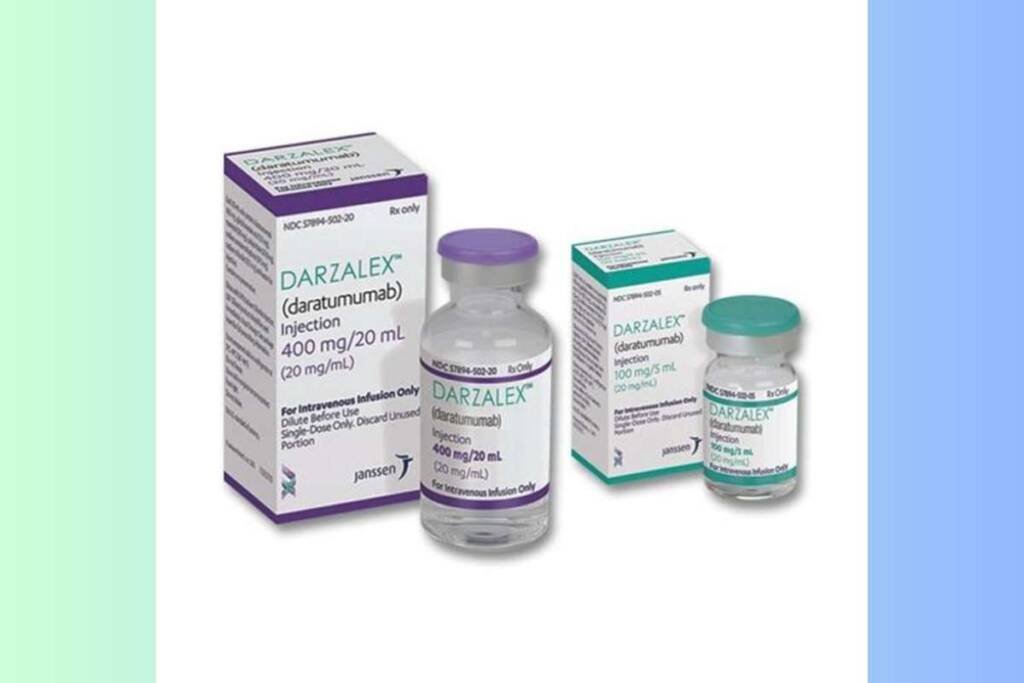In 2017, Genmab CEO Jan van de Winkel envisioned that the multiple myeloma drug Darzalex, marketed by Johnson & Johnson, had the potential for peak sales of $13 billion, though he acknowledged it was an optimistic scenario. Now, six years later, that optimistic forecast seems achievable as J&J reported another strong quarter of sales for the monoclonal antibody.
During the reported period, Darzalex generated an impressive $2.43 billion in revenue, marking a 22% increase from the same quarter the previous year. With sales of $6 billion in 2021 and $8 billion last year, Darzalex is well on track to approach revenue of $10 billion in 2023.
The drug’s success was further amplified in 2020 with the introduction of Darzalex Faspro, a subcutaneous version that allows patients to receive doses in minutes instead of hours required by the previous intravenous administration. The shift to Faspro was evident, with 85% of Darzalex patients opting for this method a year ago.
Despite the current success of Darzalex, Johnson & Johnson is confident in its ability to strengthen its position in the multiple myeloma market with other newly developed products like Tecvayli and Carvykti.
With Darzalex’s outstanding performance, J&J’s total sales for the quarter reached $25.5 billion, surpassing analyst expectations of $24.6 billion. This led the company to revise its annual sales guidance, raising it by approximately $1 billion to a projected range of $98.8 billion to $99.8 billion.
The pharmaceutical sector contributed significantly to the company’s revenue for the quarter, generating $13.7 billion, a 6% increase. This growth aligns with J&J’s goal of achieving $57 billion in annual pharma sales by 2025. However, some of the company’s key products, like Tremfya and Erleada, fell short of expectations in the quarter, according to Third Bridge analyst Lee Brown.
“The shortfalls relative to consensus were more than offset by medications that typically do not garner as much attention such as HIV-1 drugs like Prezista and Endurant,” Brown wrote. “Concerta for ADHD and Spravato for TRD/MDD also drove strong upside and helped to push the segment ahead of consensus. Lastly, we’re starting to see some nice momentum with Carykti.”
Despite these positive developments, J&J faces ongoing talc litigation, which poses potential challenges. Recently, a California plaintiff was awarded $18.8 million in damages related to his use of Johnson’s Baby Powder. Additionally, J&J is awaiting a decision from a New Jersey judge regarding its bankruptcy ploy to resolve tens of thousands of talc-related lawsuits.
J&J litigation chief Erik Haas said during the call that the company would appeal the verdict “based on the erroneous rulings by the trial judge that prevented us from sharing with the jury critical facts that the plaintiff’s exceedingly rare form of mesothelioma was not caused by baby powder.”
Despite these legal challenges, the overall performance of Darzalex and J&J’s pharmaceutical sector provides a promising outlook for the company’s future sales growth and market position.





























